Innovative Learning Hub
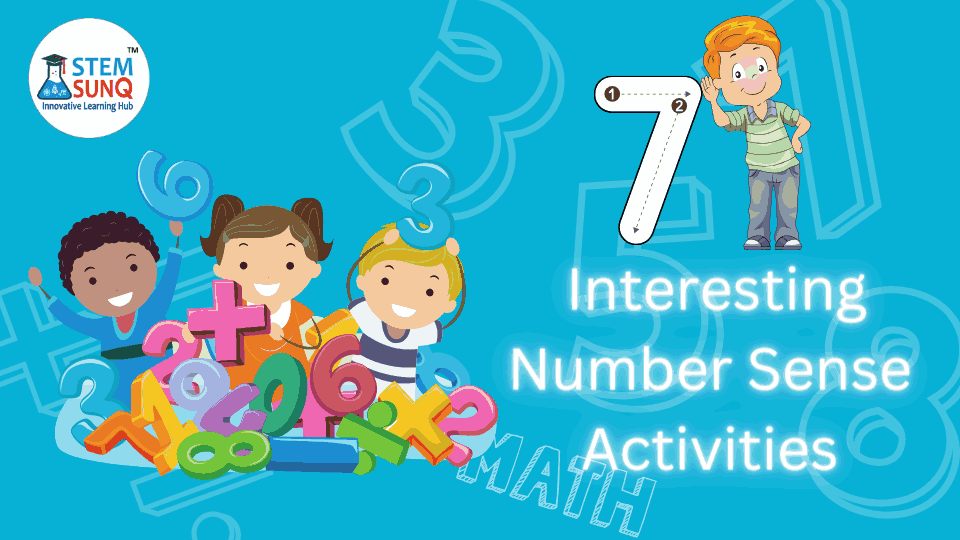
Number sense is a foundational skill that drives mathematical learning.
Knowing numbers isn’t enough; you also must understand their relationships, magnitude, and how they can be modified.
Children who develop a strong math foundation with number sense activities will be better prepared to succeed in advanced mathematical topics later on.
In this blog article, we’ll look at a variety of engaging and interactive activities for helping children develop and enhance their number sense in a fun and pleasurable way.
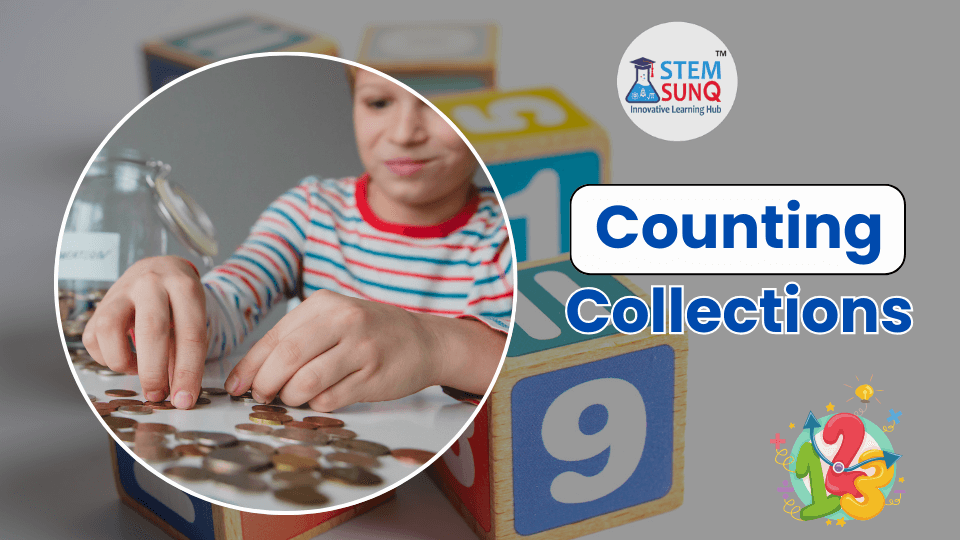
Counting collections is one of the easiest and most effective ways to develop number awareness.
Give kids a variety of items, such as buttons, coins, or toys, and instruct them to count them. Encourage them to arrange things in different groups and talk about effective counting steps.
How to do it: Give children a collection of items and have them count how many are in it. Encourage them to arrange the things in sets to make counting easier.
For example, if they have 20 buttons, they may divide them into sets of five and count “1 set of 5, 2 sets of 5, 3 sets of 5,” and so on until they reach 20.
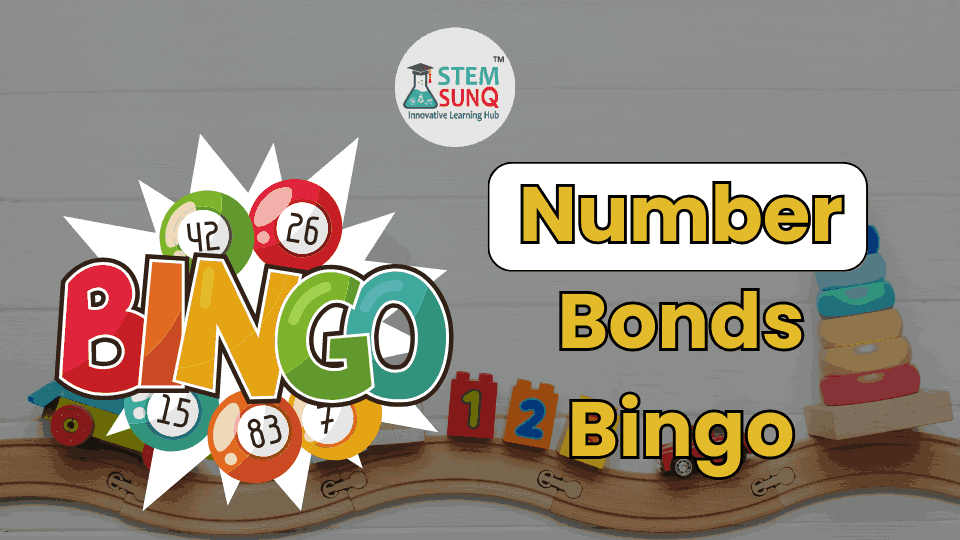
Number bonds are an essential concept in mathematics that shows how numbers can be divided into smaller components.
Create a bingo game in which children match numbers to the matching number bonds. This activity reinforces the link between addition and subtraction.
How to do it: Provide each child with a bingo card and crayons. Call out numbers at random and have kids indicate the appropriate number bonds on their cards.
The first person to finish a row, column, or zigzag says “Bingo!” and is awarded a prize.
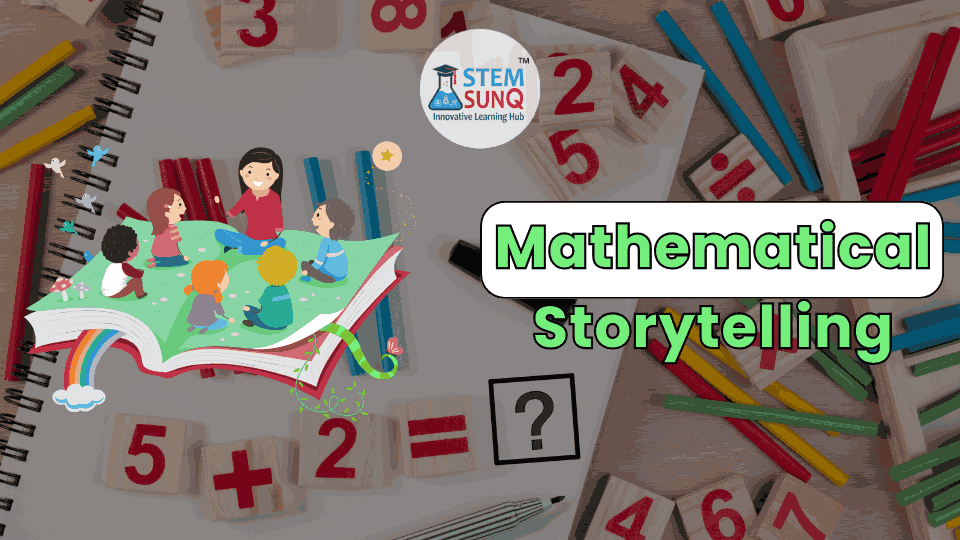
Turn mathematics into a storytelling game! Create stories or scenarios that include mathematical concepts like counting, addition, subtraction, and simple multiplication.
Teach students to utilize their imaginations and problem-solving abilities to traverse the story while applying mathematical ideas.
How to do it: Read a story to the kids, and pause at places where math concepts are taught. Encourage them to consider how they would solve the arithmetic issue described in the story.
For example, in a story about sharing cookies, ask them how they would distribute the cookies evenly among the characters.

Take your learning outside with a math trail! Make a list of math-related challenges or projects for kids to do while they explore their environment.
Tasks may involve counting things, measuring distances, or finding geometric shapes in nature.
How to do it: Give children a checklist of math-related tasks to accomplish while exploring outside.
For example, pupils might be required to locate and identify various geometric shapes in nature, estimate the height of a tree, or count the number of birds they notice.
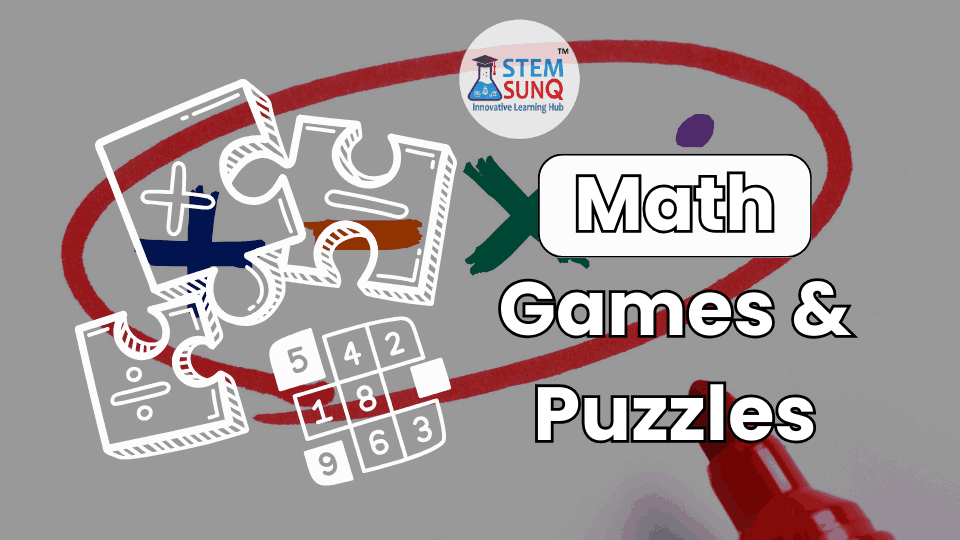
Incorporate games and puzzles into your number sense activities to make learning entertaining.
Games like “Math War” and “Number Race” can help children practice fundamental mathematical abilities while having fun competing with other kids.
How to do it: Teach kids the game’s rules and give any essential supplies, such as playing cards or a gaming board.
Encourage kids to apply math skills to strategy and solve problems while playing.
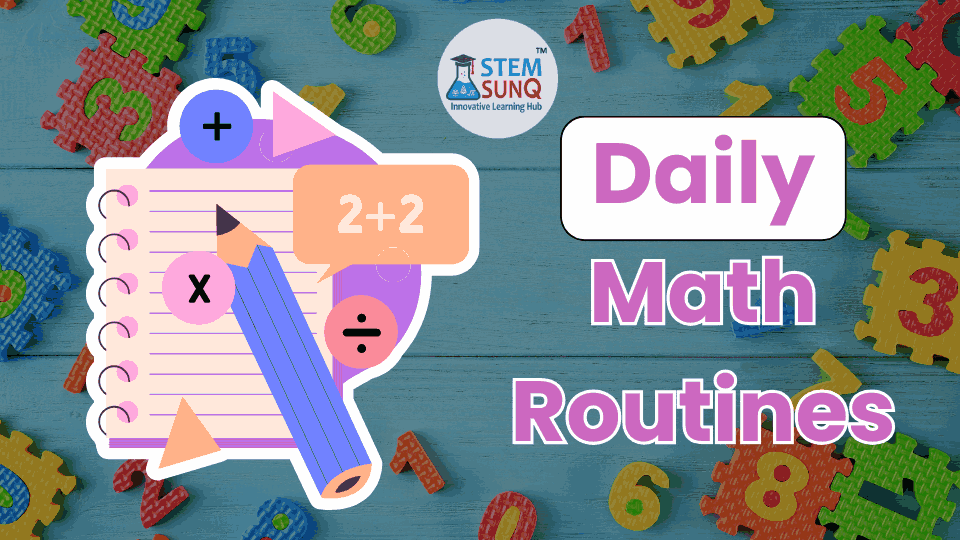
Integrate number sense activities into your regular routines to enhance learning.
For example, motivate children to count the number of steps they take while walking or to identify numbers on household items such as clocks or calendars.
How to do it: Implement mathematics into daily activities by having kids assist with tasks that require counting, measuring, or estimating.
For example, kids can count the number of fruits in a grocery shop basket or use a clock to determine how much time has passed.

In the modern digital age, many online tools and apps provide interactive arithmetic problems and games.
Incorporate these into your number sense activities to give kids more practice and encouragement.
How to do it: Provide kids access to online mathematics games and challenges that are appropriate for their age and ability level.
Encourage children to try new games and activities on devices, and track their progress as they improve their arithmetic skills.
So this was about the 7 interesting number sense activities.
I hope you like this post. If you have any queries let me know in the comments.
And don’t forget to share!